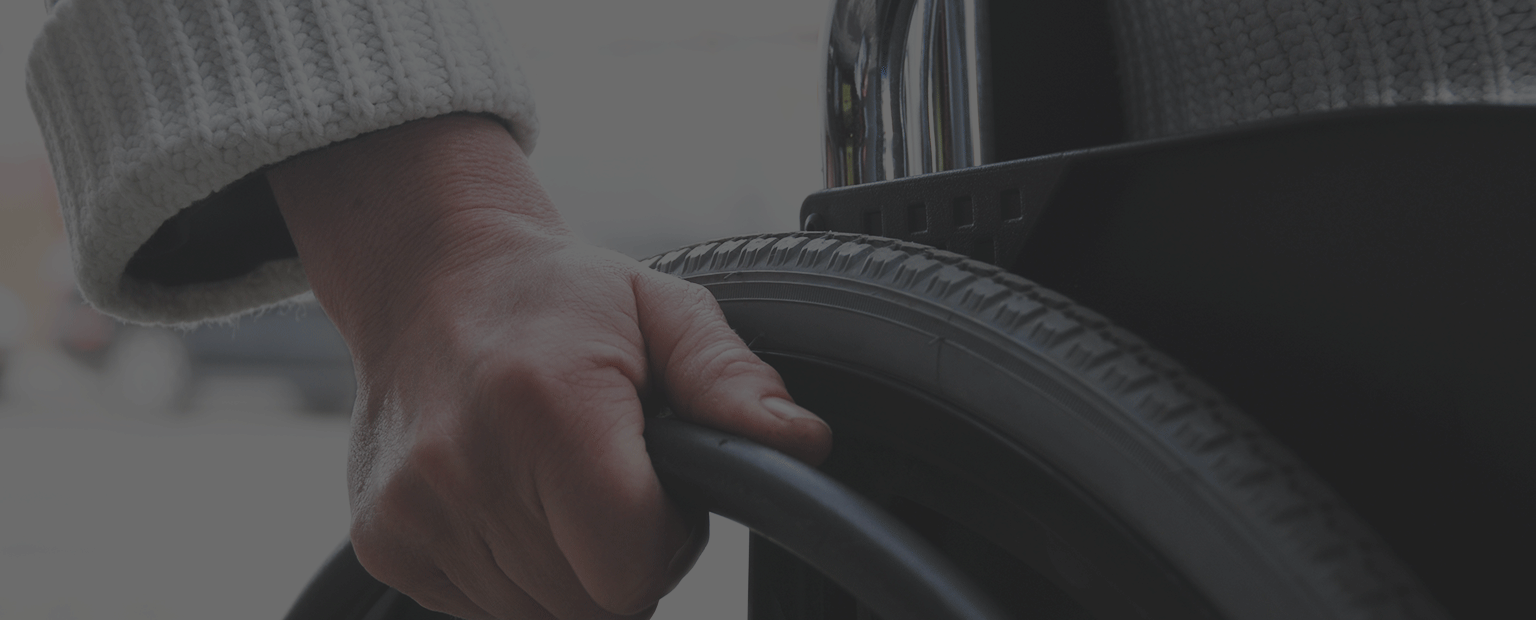

Due to budget cuts the rehabilitation market has seen a relatively recent change from focus on meeting the needs of the purchasers, local authorities and health service trusts, to a focus on the end-user. Increasingly end-users are purchasing their own aids, with motivations other than budget.
This shift in focus provides both opportunity and challenges for the manufacturers. No longer is focus on keeping costs as low as possible, and now products must consider more than just access, but pleasure and empowerment also.
PDR worked alongside a manufacturer to help identify potential development areas based on existing product use. Using a ‘lead user’ approach, where you employ expert users to understand issues seen to be ahead of standard market curve, PDR worked with Paralympian wheelchair users to gain insight into future product direction.
This was achieved through both interview and observational research in our unique User Laboratory. The lab was equipped with a selection of everyday: soft furnishings, technology, a dining table, and the users were invited to spend some time in the room interacting with the products.
The 360o cameras recorded 4 hours of footage, and alongside interview and survey answers this data was categorised into themes addressing user behaviours; for example, actions and statements related to product aesthetic. This approach allowed for not only a clear grouping of data to be reviewed individually but also for the prevalence of the themes to be analysed with figures to back that up.
This systematic and rigorous review of user action and opinion allowed PDR to highlight key points of interest for future development in a manner which was visible and understandable to the client. Informing the client on directions for development which will not only enable the user but empower and delight them.

